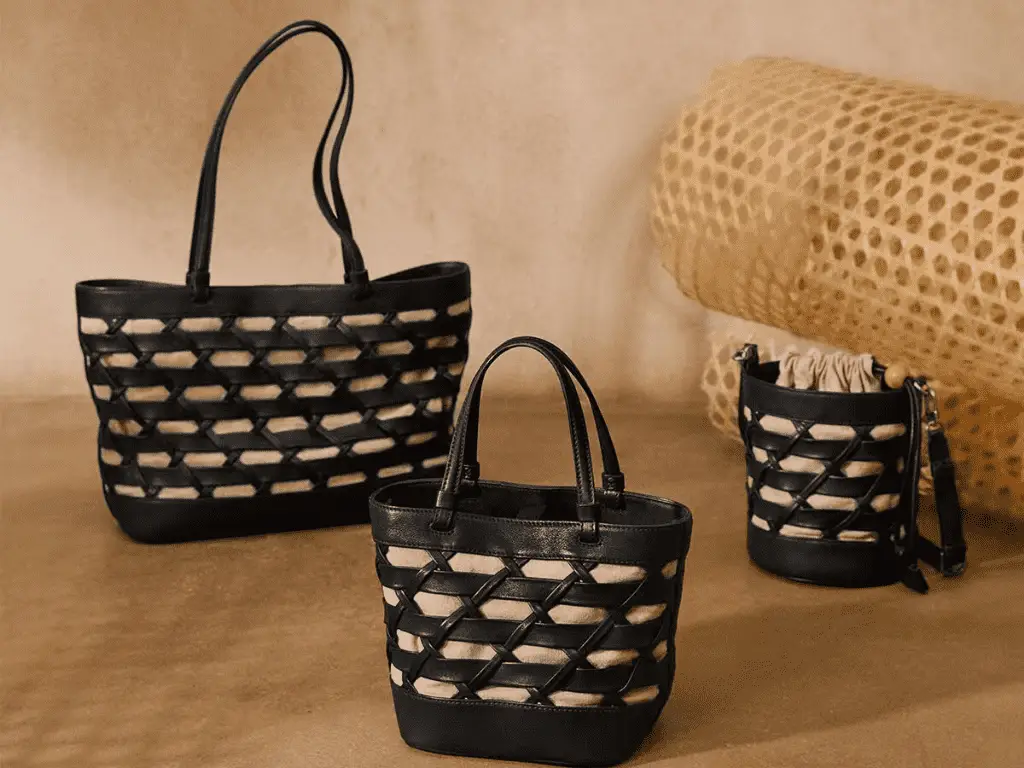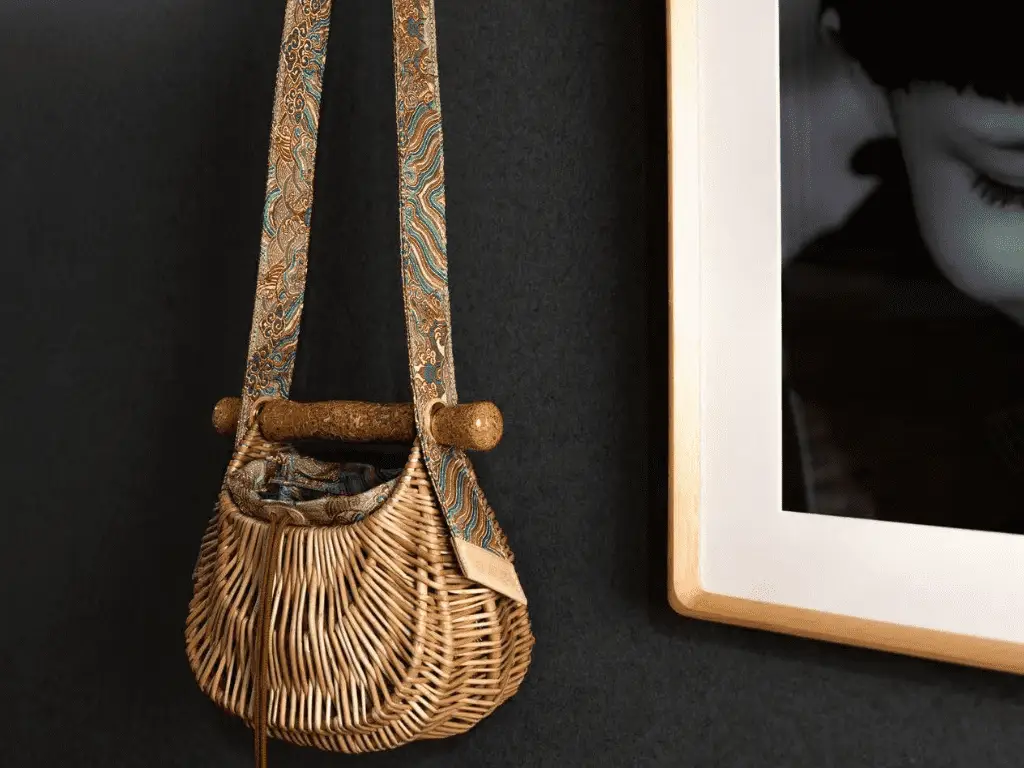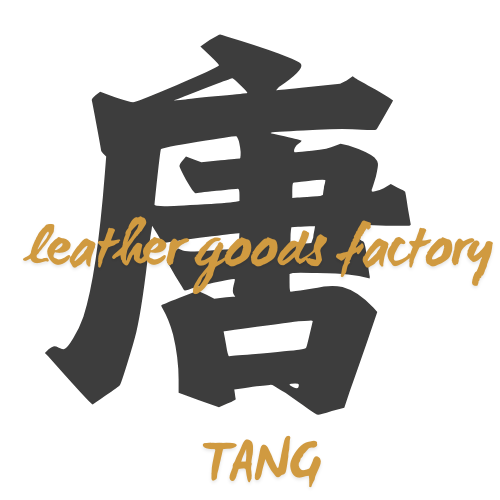I. Introduction
Woven leather techniques represent a fascinating blend of artistry and functionality in the world of custom leather goods. At its core, woven leather involves interlacing strips of genuine leather to create durable, textured patterns that enhance both the aesthetic appeal and structural integrity of items like handbags, wallets, and accessories. This method has been pivotal in elevating handmade leather bags from mere utilities to coveted fashion statements, particularly in the design of woven leather handbags that combine timeless elegance with modern versatility.
The historical significance of these genuine leather techniques cannot be overstated. From ancient civilizations where leather weaving served practical purposes, to today’s luxury market where it symbolizes sophistication, the evolution reflects broader cultural shifts in craftsmanship and design. In custom leather goods, woven patterns allow for personalization, making each piece unique—whether it’s a bespoke woven leather handbag or a tailored belt. This article delves into the origins, key developments, and future trends of woven leather techniques, offering insights into how they’ve shaped the handmade leather bags industry and continue to influence genuine leather techniques in contemporary fashion.


II. Ancient Origins: From Primitive Crafts to Early Applications
The roots of woven leather techniques trace back to prehistoric times, around 5000 BC in ancient Egypt and even earlier in hunter-gatherer societies. Early humans discovered that animal hides could be tanned and woven into sturdy containers, clothing, and tools. Initially, leather was combined with natural fibers for weaving baskets or mats, but as tanning methods improved—using plant extracts or animal fats—pure leather weaving emerged as a reliable way to create flexible yet strong custom leather goods.
In ancient civilizations like Greece, Rome, and China, woven leather techniques advanced significantly. Greek artisans wove leather strips into sandals and shields, while Romans applied them to military gear, such as belts and pouches, for enhanced durability during campaigns. In China, intricate dyeing and weaving methods produced decorative leather items, often incorporating silk threads for added luxury. These early genuine leather techniques laid the foundation for sophisticated handmade leather bags, with patterns like simple basket weaves providing both utility and ornamentation.
Archaeological finds, such as leather artifacts from Egyptian tombs, showcase the customization aspect. Personalized amulet pouches or tool bags woven from goat or cowhide demonstrate how ancient craftspeople tailored items to individual needs, foreshadowing modern custom leather goods. This era marked the transition from rudimentary survival tools to culturally significant pieces, setting the stage for woven leather handbag designs that prioritize both form and function.


III. Medieval and Renaissance Developments: From Function to Art
During the Middle Ages, woven leather techniques evolved with innovations in tanning, particularly vegetable tanning using oak bark, which produced softer, more pliable leather ideal for intricate weaving. This period saw leather used in horse harnesses, book bindings, and armor, where woven patterns provided reinforcement against wear. Guilds in Europe standardized these genuine leather techniques, ensuring quality in handmade leather bags that served knights and merchants alike.
The Renaissance refined these methods into an art form. In Italy and Spain, artisans combined weaving with embossing and tooling, creating ornate custom leather goods for the nobility. Wallets, purses, and early handbag prototypes featured elaborate interlaced designs, symbolizing wealth and status. Techniques like cordovan leather weaving from Córdoba, Spain, influenced global styles, blending Islamic motifs with European aesthetics to produce luxurious items that were both functional and decorative.
Globally, influences from Asia and Africa enriched the craft. Japan’s Kumihimo braiding techniques inspired leather cord weaves, while Morocco’s Tadelakt method—polishing woven leather for water resistance—added practical innovations. These cross-cultural exchanges transformed woven leather from utilitarian to artistic, paving the way for the personalized woven leather handbag trends seen in today’s handmade leather bags market.


IV. Modern Innovations: Industrial Revolution to Luxury Brand Era
The Industrial Revolution in the 18th and 19th centuries revolutionized woven leather techniques through mechanization. Machines for cutting and sewing leather strips increased efficiency, allowing mass production of custom leather goods while preserving handmade elements for premium items. Chrome tanning, introduced in the 1850s, made leather more supple, enabling finer weaves in everyday bags and accessories.
A pivotal moment came in the mid-20th century with Bottega Veneta‘s Intrecciato technique, developed in the 1960s and refined by 1975. Designed to strengthen delicate lambskin without visible stitching, this seamless grid weave became synonymous with luxury woven leather handbags. It not only extended to wallets and shoes but also inspired a wave of genuine leather techniques in the fashion industry, emphasizing craftsmanship over mass appeal.
Other brands followed suit; LOEWE’s woven basket bags in the 1970s adapted traditional Spanish techniques for modern handmade leather bags, blending heritage with innovation. This era solidified woven leather as a hallmark of luxury custom leather goods, driving demand for personalized pieces that reflect individual style.


V. Contemporary Applications and Future Trends in Custom Leather Goods
In the 21st century, woven leather techniques have embraced sustainability and technology. Brands now use upcycled leather scraps and eco-friendly tanning to create environmentally conscious custom leather goods, reducing waste while maintaining the allure of woven leather handbags. Digital tools like 3D printing assist in prototyping intricate weaves, allowing for hyper-personalized designs in handmade leather bags.
Examples abound in global markets: Canadian label BRAVE Leather offers made-to-order woven belts, while Oak & Honey specializes in custom woven leather handbag accessories. These reflect a shift toward ethical production, with consumers favoring genuine leather techniques that prioritize quality over quantity.
Challenges persist, such as balancing handmade authenticity with mechanized efficiency, but opportunities in 2025 trends—like AI-driven pattern customization—promise growth. Woven leather remains enduringly popular, adapting to fast fashion while upholding luxury standards.


VI. Conclusion
The journey of woven leather techniques from ancient practical crafts to modern luxury icons underscores their integral role in custom leather goods. This evolution has not only preserved cultural heritage but also innovated genuine leather techniques, making handmade leather bags timeless investments.
Looking ahead, sustainable materials and AI integration will further propel the industry, ensuring woven leather handbags continue to captivate. Readers are encouraged to explore these crafts—perhaps by commissioning custom pieces or trying DIY weaving—to appreciate the enduring value of this art form.



